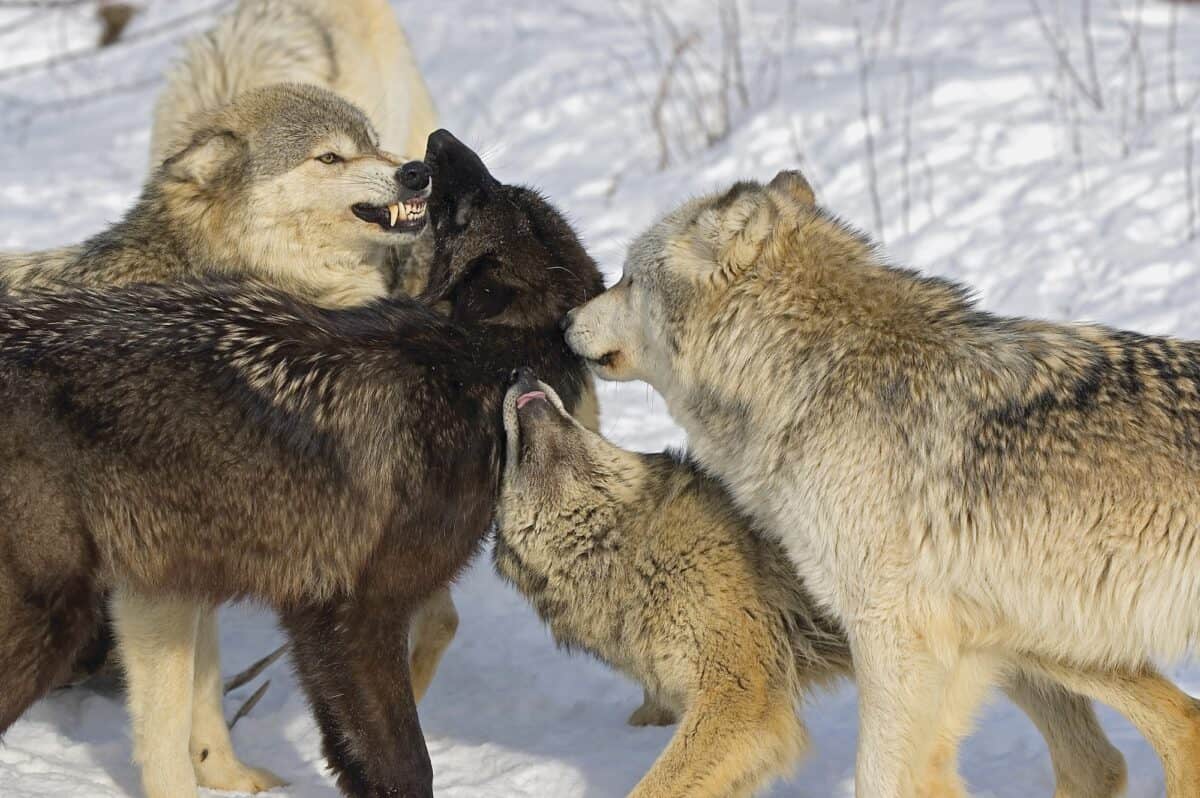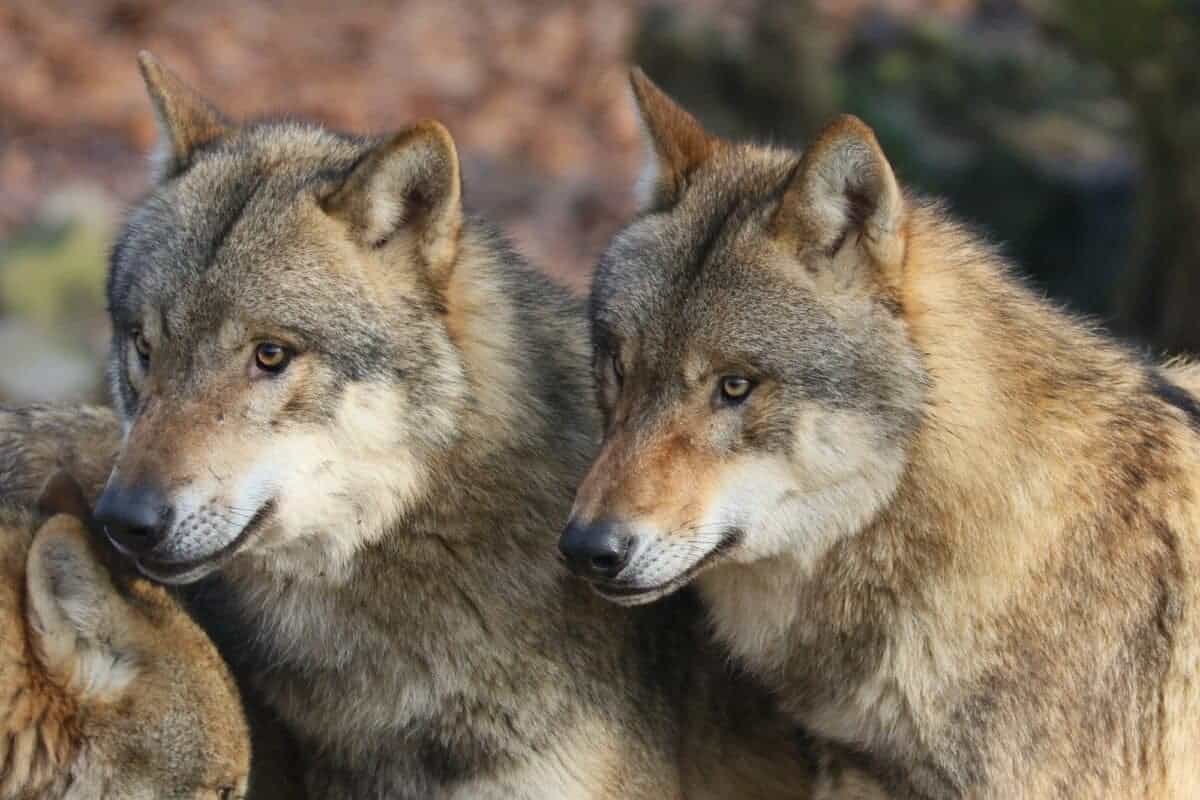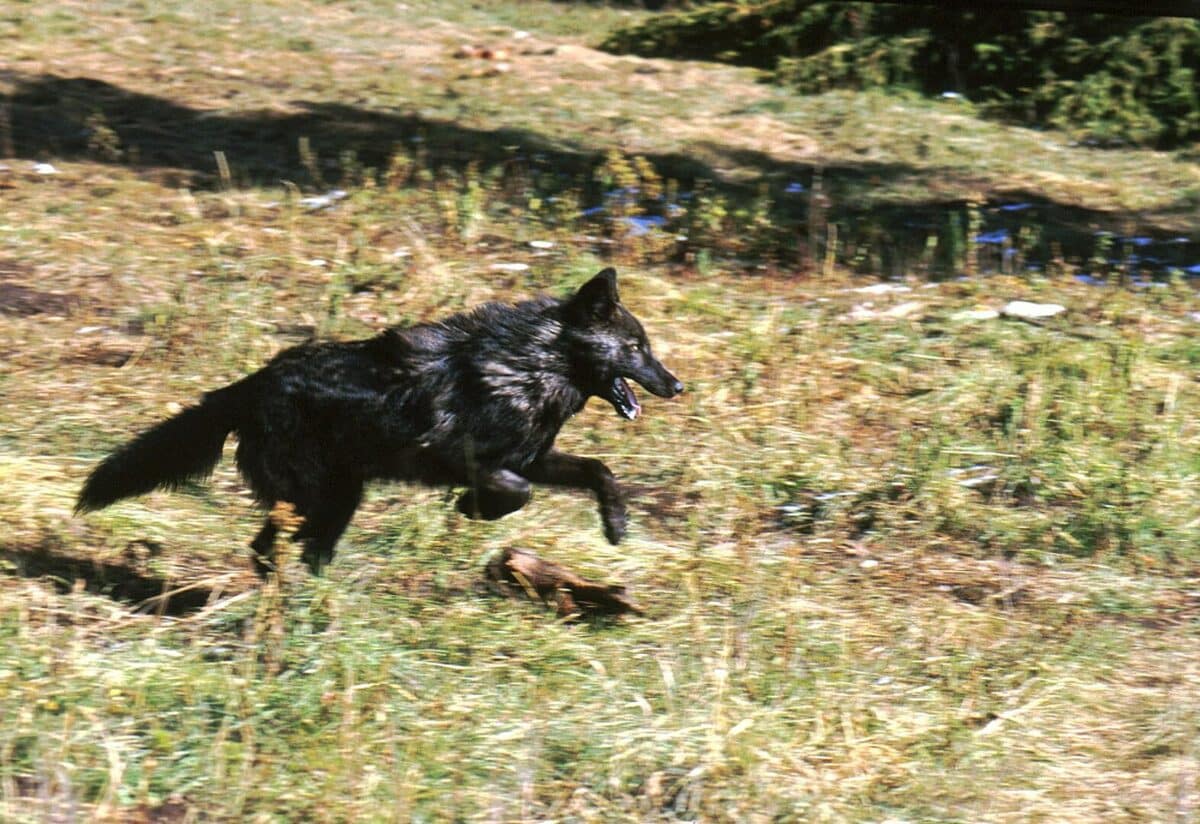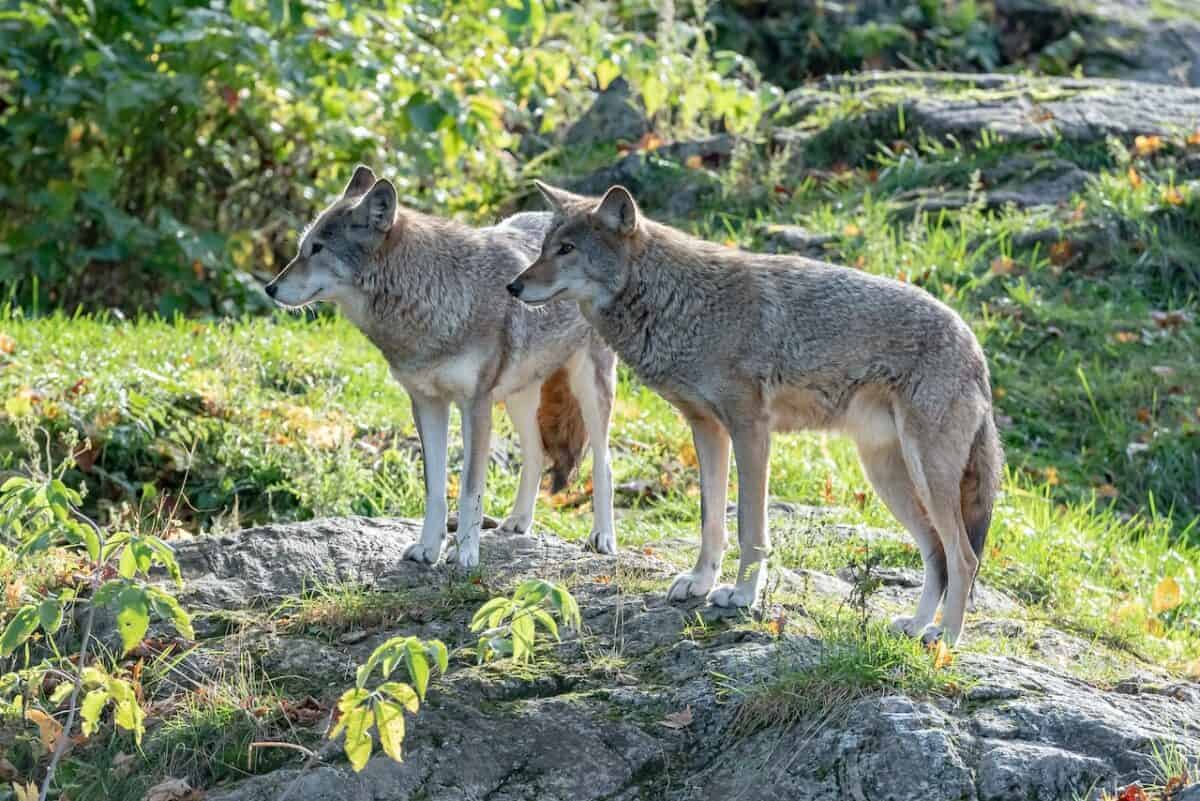Exploring the depths of Yellowstone National Park reveals an astonishing interplay of nature’s elements, where the hidden lives of wolves unfold in ways more surprising than many might imagine. This article delves into the untold stories of Yellowstone’s wolves, unraveling the myths and marvels of these iconic canines.
Reintroduction and Recovery

The gray wolf, once eradicated from Yellowstone, saw a historic return in 1995 as part of an ambitious reintroduction effort. This move not only aimed to revive an apex predator but also to restore the natural balance in the park’s ecosystem. Initially, 31 wolves were reintroduced, sparking a fascinating resurgence story that captivated ecologists and animal lovers alike.
The Social Structure of Wolf Packs

Unlike the wanderers they’re often portrayed as, Yellowstone wolves thrive in close-knit packs. These packs are complex social units typically consisting of a breeding pair and their offspring. Within this structure, each member plays a crucial role, whether it’s hunting, pup care, or defending their territory, emphasizing the wolves’ cooperative spirit and social dynamics.
The Wolves Mesmerizing Communication

Communication among wolves is as sophisticated as it is captivating. Through a symphony of howls, growls, and body language, they can relay a spectrum of messages. Each vocalization serves a unique purpose, from marking territory boundaries to strengthening pack bonds. This intricate language showcases their intelligence and adaptability in the wild.
Impact on the Ecosystem

Wolves are crucial to maintaining Yellowstone’s delicate ecological balance. Their presence influences prey populations like elk and deer, which in turn affects the park’s vegetation dynamics. By controlling these herbivores, wolves facilitate the regeneration of plants and forests, essentially shaping the landscape and promoting biodiversity.
The Hunters and the Hunted

Wolves in Yellowstone are formidable hunters, often targeting weaker members of prey populations. Their hunting tactics are both strategic and relentless, involving group collaboration and intelligence. By preying on the infirm and aged, wolves inadvertently bolster the health of prey species, playing a vital role in natural selection.
Adapting to Seasons

As seasons change, so do the wolves’ behaviors and strategies for survival. In winter, the challenge lies in navigating the deep snow and harsh conditions, whereas summer brings different prey movements and pack dynamics. Their adaptability across seasons showcases their resilience and intelligence in thriving within drastically varying environments.
Wolves and Human Perception

Wolves have long stood at the crossroads of fear and fascination in human culture. Often misunderstood and vilified, efforts in Yellowstone have helped shift perceptions from a threat to a respected wildlife species. Educational programs and research initiatives aim to foster coexistence and appreciation for these remarkable animals.
Genetic Diversity and Health

Maintaining genetic diversity in Yellowstone’s wolf population is vital to their long-term health and survival. Despite initial concerns about inbreeding from the small founding population, ongoing research indicates a robust and resilient gene pool, thanks largely to continuous monitoring and management efforts.
Research and Monitoring Efforts

Research on Yellowstone’s wolves has been vital in understanding their role in the ecosystem. Through tracking and observation, scientists have amassed invaluable data on pack dynamics, predation habits, and ecological impacts. These efforts provide critical insights into conservation strategies and ecosystem management.
Unique Stories Famous Wolves of Yellowstone

Among the many wolves that have roamed Yellowstone, some have become legendary. Notable individuals like “21,” the alpha male of the Druid Peak pack, have captured public interest with their bold leadership and dramatic life stories. These famed wolves bring a personal face to the species, highlighting their complex personalities and social lives.
Challenges and Threats

Despite their protected status within Yellowstone, wolves face numerous challenges. Conflicts with livestock outside park boundaries, disease, and changing climate conditions all pose significant threats. Conservation efforts continue to address these issues, ensuring the long-term stability of their population.
The Future of Wolves in Yellowstone

The future of wolves in Yellowstone hinges on continued conservation efforts, scientific research, and public awareness. By fostering a deeper understanding of their ecological roles and cultural significance, the hope is to balance human interests with the imperative of preserving one of nature’s most fascinating predators.
Conclusion:

In conclusion, the wolves of Yellowstone embody an untamed spirit that continues to intrigue researchers and park visitors alike. Their hidden lives reveal not only their critical ecological roles but also their rich social structures and awe-inspiring adaptability. As we gaze into the intricate tapestry of Yellowstone’s wilderness, its wolves stand as a testament to nature’s complexity and resilience.
- 14 Sea Animals With Incredibly Long Lifespans - August 16, 2025
- 11 Incredible Adaptations That Make Animals Almost Superpowered - August 16, 2025
- 13 Creatures That Thrive in Freezing Temperatures - August 16, 2025

